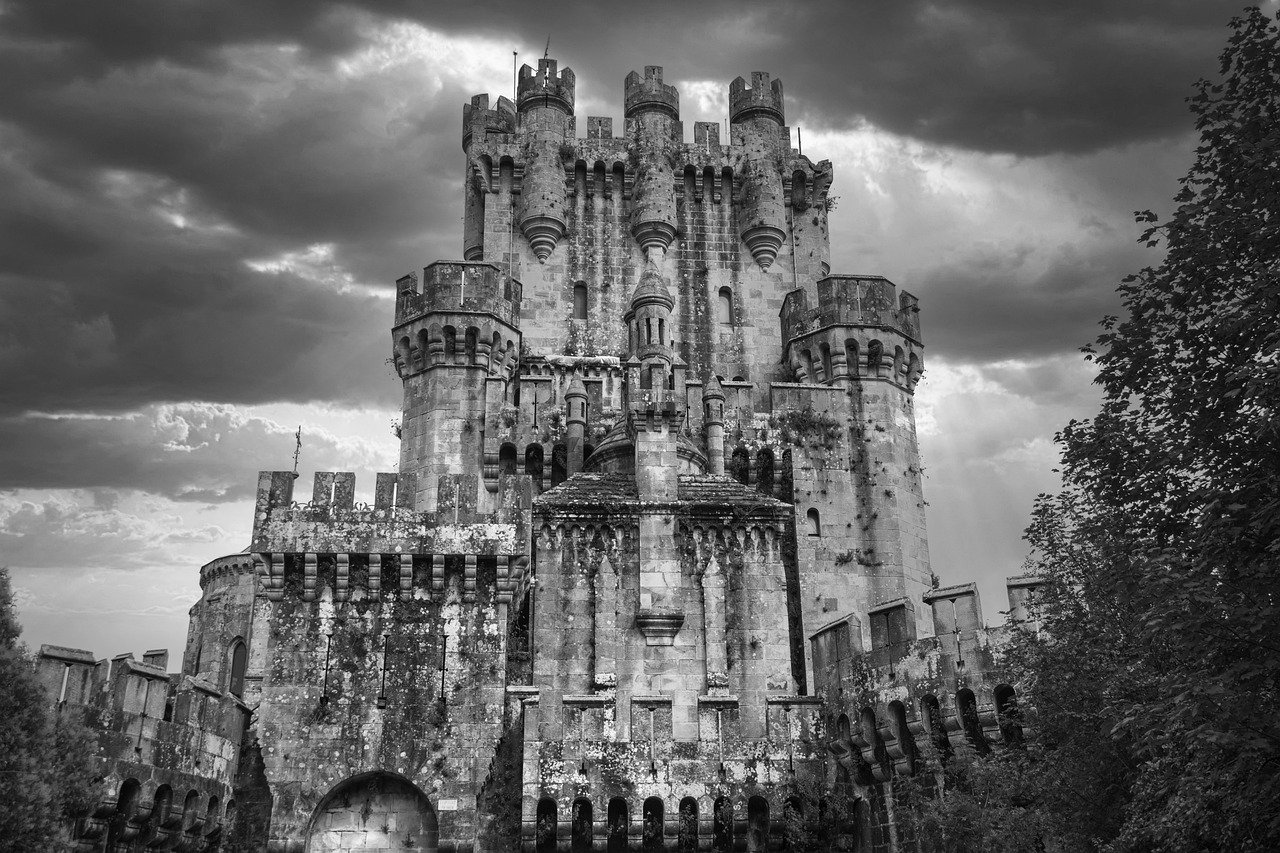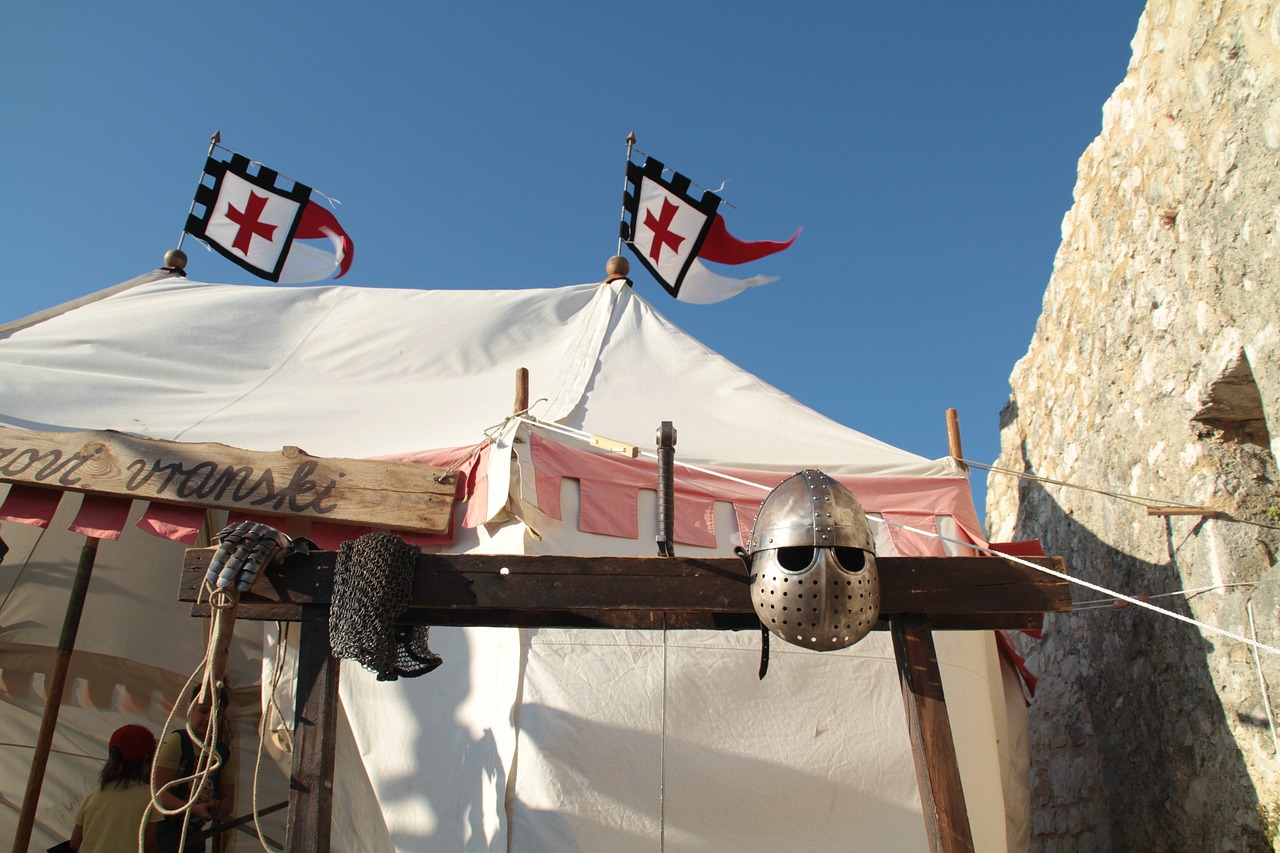The Evolution of Military Strategy Through History
Throughout history, the evolution of military strategy has been a dynamic and ever-changing process, shaped by the advancements in technology, tactics, and warfare principles. From the ancient civilizations of Rome, Greece, and Egypt to the modern era of cyber warfare and artificial intelligence, military strategies have continuously adapted to meet the challenges of each era.
Ancient warfare tactics laid the foundation for military strategies, with the Romans, Greeks, and Egyptians employing innovative tactics that influenced warfare for centuries to come. The use of formations, siege warfare, and cavalry tactics were instrumental in shaping the battlefield dynamics of ancient times.
As warfare progressed into the medieval period, a shift in military strategies occurred with the rise of feudal armies and the development of siege warfare techniques. The medieval era saw the emergence of new tactics and technologies that revolutionized the way wars were fought, setting the stage for future military innovations.
The Renaissance period brought about significant advancements in military technology, particularly with the introduction of gunpowder and artillery. These innovations transformed warfare tactics, leading to the development of new strategies that emphasized firepower and precision on the battlefield.
Colonial warfare tactics were characterized by the use of guerrilla warfare, naval strategies, and the adaptation of indigenous tactics by European powers. The colonial era witnessed a blending of traditional and modern military strategies, as empires sought to expand their territories across the globe.
World War I marked a turning point in military history, with the introduction of trench warfare, new weaponry, and battle tactics that defined the conflict. The brutal nature of trench warfare and the use of tanks and aircraft showcased the evolving nature of warfare strategies in the modern era.
World War II brought about further military innovations, with the introduction of Blitzkrieg tactics, air warfare strategies, and technological advancements that revolutionized the battlefield. The use of combined arms tactics and strategic bombing campaigns reshaped the way wars were fought, leading to a new era of modern warfare.
The Cold War era was characterized by nuclear deterrence strategies, proxy wars, and espionage tactics that shaped global military alliances and strategies. The threat of nuclear warfare and the use of covert operations highlighted the importance of intelligence gathering and strategic planning in military conflicts.
Modern warfare tactics have evolved to include asymmetric warfare, cyber warfare, and the integration of technology in military operations. The use of drones, cyber attacks, and advanced communication systems have transformed the way wars are fought in the 21st century, emphasizing the importance of adaptability and innovation in military strategy.
Looking towards the future, potential advancements in military strategy include drone warfare, artificial intelligence, and space-based warfare. These emerging technologies have the potential to revolutionize warfare tactics and strategies, presenting new challenges and opportunities for military planners and strategists.

Ancient Warfare Tactics
Throughout history, military strategy has played a crucial role in shaping the outcomes of conflicts and wars. From ancient civilizations to modern warfare, the evolution of military tactics has been marked by innovation, adaptation, and strategic thinking.
Ancient warfare tactics encompass a rich tapestry of strategies employed by civilizations such as the Romans, Greeks, and Egyptians. These ancient societies laid the groundwork for military principles that would influence warfare for centuries to come. The Romans, known for their disciplined legions and innovative engineering tactics, utilized formations like the famous "testudo" to protect soldiers from projectiles. Meanwhile, the Greeks emphasized the use of phalanx formations for infantry combat, showcasing the importance of coordination and unity in battle. The Egyptians, with their chariots and archery skills, demonstrated the significance of mobility and ranged warfare in ancient conflicts.

Medieval Military Strategies
During the medieval period, military strategies underwent significant transformations, reflecting the evolving nature of warfare in Europe. One of the key developments during this era was the emergence of feudal armies, where knights and nobles played crucial roles in combat. The feudal system created a hierarchical structure within armies, with knights serving as elite warriors and lords commanding their vassals.
Siege warfare also became prevalent during the medieval period, with the construction of castles and fortifications playing a vital role in military campaigns. Castles served as strategic strongholds, providing defensive advantages and serving as bases for launching offensives. The use of siege engines, such as trebuchets and battering rams, further enhanced the effectiveness of siege warfare.
Furthermore, the medieval period witnessed the rise of chivalry as a code of conduct for knights, emphasizing virtues such as honor, bravery, and loyalty. Chivalry influenced not only individual conduct on the battlefield but also shaped military strategies by promoting ideals of valor and righteousness in warfare.
Moreover, the Crusades, a series of religious wars fought during the medieval period, introduced new military tactics and strategies. The Crusaders encountered diverse adversaries in the Holy Land, leading to the adoption of innovative tactics to adapt to unfamiliar terrain and enemy forces. The experiences gained during the Crusades influenced military thinking and strategy in Europe.
Overall, medieval military strategies were characterized by a combination of feudal structures, siege warfare tactics, chivalric ideals, and the impact of the Crusades. These elements shaped the battlefield dynamics of the medieval era and laid the groundwork for future developments in military strategy.

Renaissance Military Innovations
The Renaissance period was a time of immense change and innovation, and this extended to the realm of military strategy. One of the most significant advancements during this time was the widespread adoption of gunpowder and artillery in warfare. The introduction of cannons and firearms revolutionized battle tactics, allowing armies to engage in long-range combat with unprecedented firepower. This shift in technology forced military leaders to adapt their strategies to incorporate these new weapons effectively.
Furthermore, the Renaissance saw the emergence of more organized and disciplined armies, moving away from the feudal levies of the medieval era. Professional standing armies became more common, equipped with standardized weapons and trained in specific military tactics. This transition marked a departure from the reliance on feudal lords and their vassals for military support, leading to more centralized control over military forces.
Another key innovation of the Renaissance was the development of fortifications and siege warfare techniques. As cities and castles fortified their defenses against artillery attacks, military engineers devised new methods to breach these defenses, such as the use of trenches, mines, and siege towers. The art of siege warfare became more sophisticated, requiring strategic planning and engineering expertise to overcome well-defended positions.
Moreover, the Renaissance period witnessed the rise of mercenary armies, hired by various city-states and kingdoms to bolster their military capabilities. These professional soldiers, known as condottieri, played a crucial role in shaping the military landscape of the time. Their loyalty was often bought, leading to a shift in the dynamics of warfare where skill and professionalism were valued over feudal allegiances.

Colonial Warfare Tactics
Colonial warfare tactics encompassed a diverse range of military strategies employed during the age of colonial expansion. European powers, such as the British, Spanish, and Portuguese, utilized a combination of traditional European tactics and adapted indigenous warfare methods to conquer and control territories across the globe.
One of the key aspects of colonial warfare was the use of guerrilla tactics by indigenous populations resisting colonial rule. These tactics, characterized by hit-and-run attacks, ambushes, and unconventional warfare, posed significant challenges to the more structured European armies. The ability of indigenous forces to adapt to local terrain and climate gave them a strategic advantage in many conflicts.
Naval tactics played a crucial role in colonial warfare, as control of the seas was essential for transportation, supply lines, and securing overseas territories. European powers developed powerful navies to project force and protect their interests across vast oceanic distances. Naval battles often determined the outcome of colonial conflicts and shaped the balance of power between rival empires.
Moreover, the exchange of military knowledge between European powers and indigenous peoples led to the integration of indigenous tactics into European military strategies. Techniques such as camouflage, stealth, and knowledge of local terrain were adopted by colonial armies, enhancing their effectiveness in unfamiliar environments.
Additionally, the use of fortifications and defensive structures became prevalent during colonial warfare, as European powers sought to establish strongholds to secure their territorial gains. The construction of forts, garrisons, and defensive walls played a crucial role in protecting strategic positions and repelling enemy attacks.
In conclusion, colonial warfare tactics were shaped by a complex interplay of traditional European strategies, indigenous warfare methods, naval power, and fortifications. The blending of these diverse elements created a dynamic and evolving military landscape during the age of colonial expansion, influencing the course of history and shaping the future of global conflicts.

